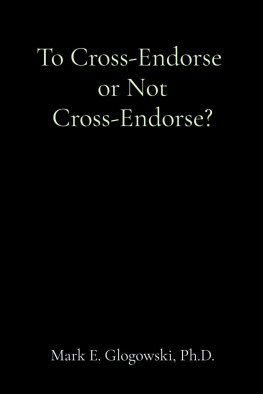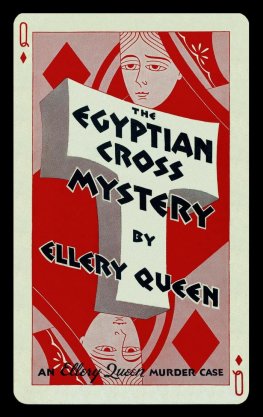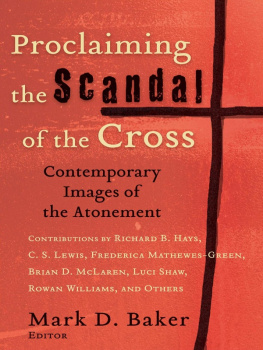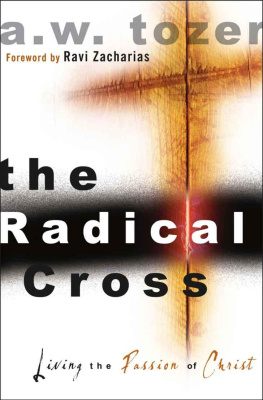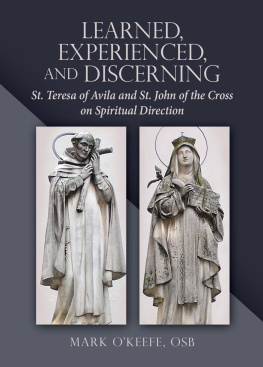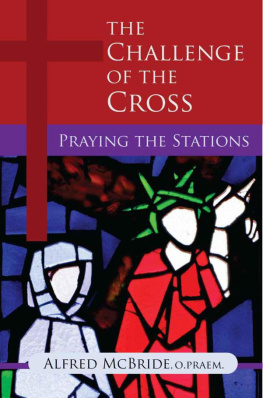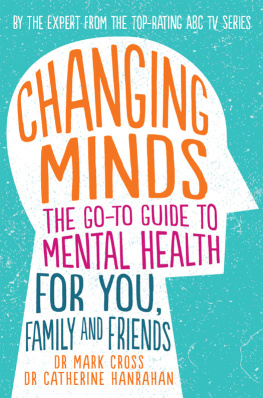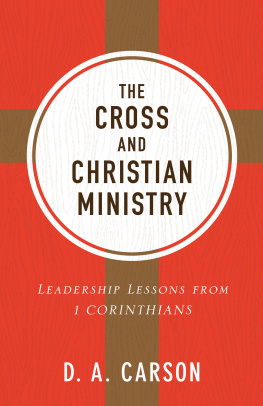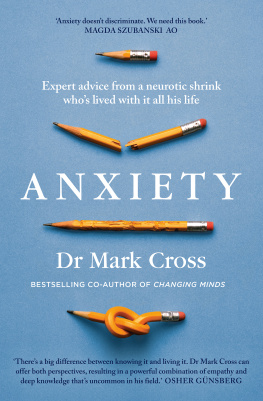To Cross-Endorse or Not Cross-Endorse:That is the Question
This is a decades long topic of debate that has never been definitively decided. The two sides argue something like the following :
Cross-endorsement of other political party candidates helps the Libertarian Party grow.
No! Cross-endorsement has caused the party to stagnate for its entire existence. We should only run our own candidates
"Running Libertarian candidates who continually get low percentage vote counts is a waste of time and resources."
And the debate goes on, and on, and on ....
For years the Libertarian Party has been supporting other political parties by cross-endorsing their candidates. Should the Libertarian Party continue to cross-endorse other political party candidates?
This investigation was undertaken to determine whether any of these claims can be backed up by fact. But, before getting into the nuts and bolts of the New York State (NYS) 2020 General Election analysis, a little background.
The 2014 General Election.
An analysis of the 2014 General Election results was undertaken in order to determine whether the existence of Libertarian Party county chapters were a benefit or a hinderance to the Libertarian's gubernatorial candidates. The Libertarian Party's growth was pretty much flat for decades, with only ten existing county chapters in 2014. It was hoped the analysis of the 2014 General Election would produce a quantifiable justification for the existence of county chapters and that the information would motivate the LPNY members to create additional chapters in the remaining 52 counties.
It was during that analysis that this author began to question the impact the cross-endorsements had on the Libertarian Party. The data suggested that cross-endorsement was not only not beneficial to the Libertarian Party, it was harmful. In 2014, the Libertarian Party ran four statewide candidates (Governor, Lt. Governor, Attorney General, and Comptroller), a cross-endorsed Republican Congressional candidate, and three Assembly candidates.
The analysis of that years election results was focused on the gubernatorial votes by Congressional District. Congressional District races are the largest of the multi-county races in NYS, and the New York State (NYS) Board of Elections (BoE) provided the elections results of the gubernatorial race by Congressional District, broken down by county. The BoE does not provide gubernatorial vote counts by NYS Senate or Assembly District.
The analysis very clearly identified some general trends: One of those was that as the percent of votes received by the Republican gubernatorial candidate increased, the percent of votes received by the Libertarian gubernatorial candidate, and other Libertarian candidates, also increased. This pattern did not hold for the three counties included in the third Congressional District. In those three counties, which involved the cross-endorsed Republican Congressional candidate, the percent of Libertarian gubernatorial votes appeared not to increase, but to decrease as the percent of Republican gubernatorial votes increased. [The pertinent section of that report is reproduced in Part I,Section 1,Appendix 1].
Was this an anomaly? After all, it was just one congressional race, and there were no Libertarian candidates running for a congressional seat in any other Congressional District that year. There was nothing to compare the results to.
InThis Report
In 2020 there were eleven (11) Libertarian candidates involved in NYS congressional races. The analysis of the 2020 General Election was undertaken from a Congressional, NYS Senate, and NYS Assembly perspective.
Part I of this analysis focuses on the congressional races in two different ways.
Section 1 provides an analysis of the impact of the congressional races on the growth of the Libertarian Party as determined by the increase in enrollment during the campaign season (June 3, 2020 to December 21, 2020).
Section 2 addresses the impact of the congressional races on the number of votes that were obtained by the Libertarian presidential candidate.
PartII, the NYS Senate races are analyzed to determine their impact on the growth of the LP during the campaign season.
PartIII, the NYS Assembly races are analyzed to determine their impact on the growth of the LP during the campaign season.
The Data
To perform this analysis, the voter registration record for the enrolled NYS Libertarians was obtained from the NYS BoE on June 3, 2020 and on December 21, 2020. These two dates were chosen primarily because the June 3, 2020 date was presumed to be prior to the start of the serious campaign efforts of most candidates. The December 21, 2020 record was obtained because most of those who would have joined the LP because of a candidates campaign would have done so either during the campaign or within the month of the general election. After that point in time, any newly enrolled member could just as easily be attributed to a membership drive, or other influence. Thus, the major impact of a candidates campaign was assumed to cease and not be identifiable within a month of the general election. It was also assumed that the December date gave the county BoEs an ample amount of time to update their files at the NYS BoE. The data, in the time frame these documents represent, are thus assumed to be appropriate for the analysis being undertaken.
The other source of information, used in Section 2 of this study, is the NYS BoE public record of the statewide General Election Night results.
TheCongressional Districts
There are twenty-seven (27) Congressional Districts (CDs) in NYS. As of 2012, each CD represented 717,707 individuals (plus or minus 1, per the BoE data). Maps of the CDs are presented courtesy of the NYS BoE.
Shown in Figure 1 are the upstate Congressional Districts.

Figure 1. Upstate Congressional Districts
Shown on the left, in Figure 2, are the New York City Congressional Districts and on the right, in Figure 3, are the Long Island Congressional Districts.

Figure 2. New York City Congressional Districts

Figure 3. Long Island Congressional Districts
Twelve and one-half (12.5) CDs are spread across upstate New York.
There are four (4) CDs covering Long Island
Eleven and one-half (11.5) CDs are crammed into New York City.
The CDs numbered from 1 to 16 stretch from the eastern tip of Suffolk County on Long Island to Bronx County. The CDs from 16 to 27 stretch across the rest of the state, from Bronx County to Chautauqua County and northward.




